EXACTLY FIVE YEARS have passed since a massive earthquake ravaged Haiti and its largest city, Port-au-Prince. But Haiti is more than the sum of its natural disasters and political unrest, even if they are the stories of choice for the international media. As the short attention span of the global spotlight has faded, Haiti has been quietly making a comeback.
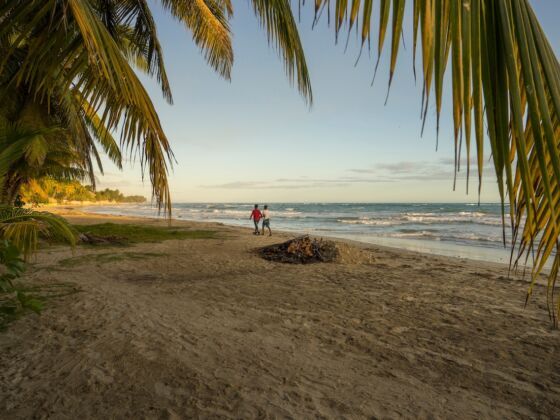

Beyond Disaster: 5 Must-Have Experiences in Haiti
Freshly-paved roads connect the island once again, permitting commerce within the major cities and across the country. From the north to the south, industrial parks are buzzing with the hum of production, manufacturing everything from clothing to tablets. 150 schools have been built by the Digicel Foundation, and public access to free education is increasing — a rarity in a country where over 80% of children attend small, private schools.
With the help of foreign governments and nonprofits, Haiti has built four new hospitals in major cities, and it’s currently rebuilding the flagship national hospital in Port-au-Prince. Nonprofits are working with the government to offer previously unheard of healthcare services.
I work with two great examples: Project Medishare, which operates a breast cancer treatment program in Port-au-Prince and Haiti Air Ambulance — which runs the first emergency medical helicopter in any of the world’s low-income countries. Political unrest may dominate the headlines coming out of Haiti over the next few weeks (ironic given the United States’ level of political dysfunction), but despite all the negative publicity, Haiti is a country on the mend and ready for tourists in search of adventure, culture, and natural beauty.
Here are 5 must-have experiences in Haiti.
Jacmel
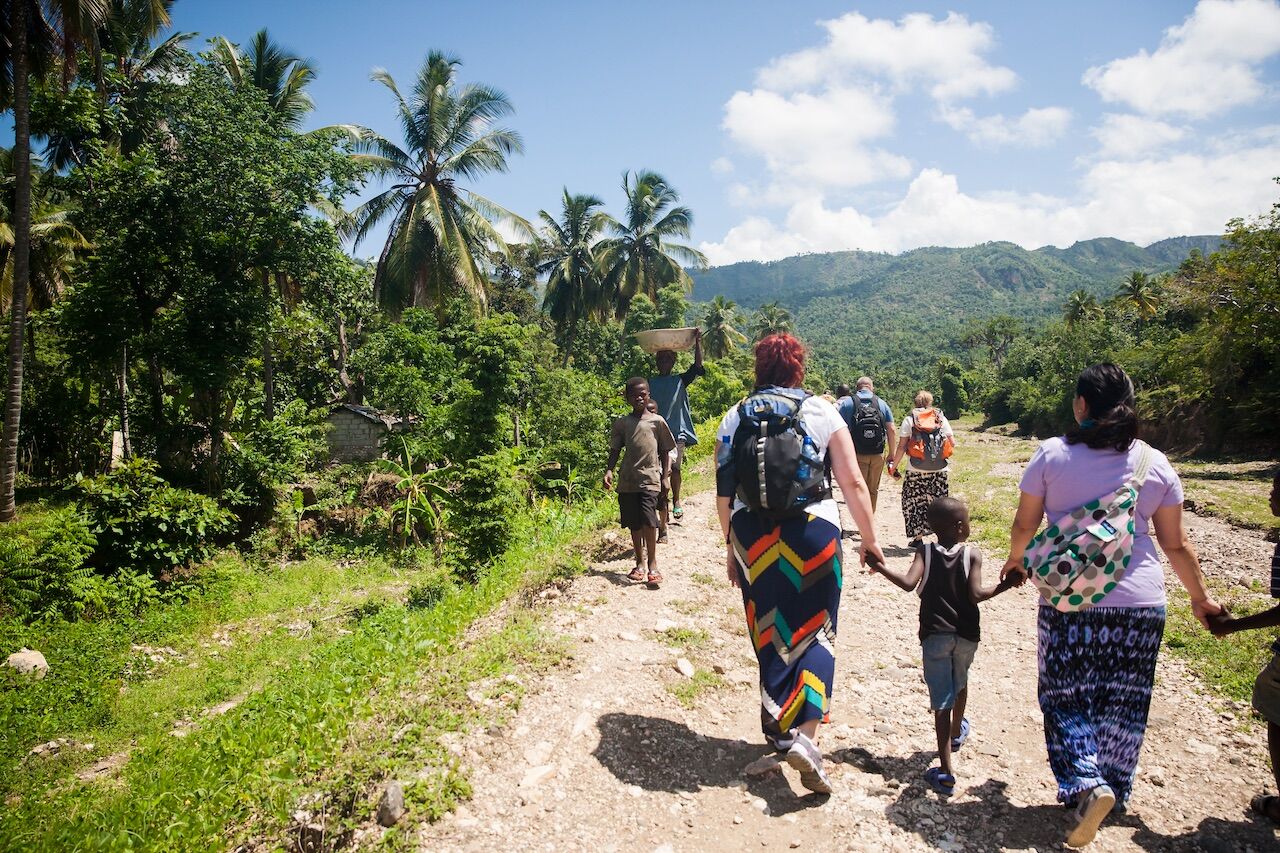
Photo: Ursula Page/Shutterstock
The architecture here inspired the balconies and porticos of New Orleans, and around Jacmel are some of the country’s most striking tropical beaches,. However, the southern city’s real charm lies in the heavy voodoo influence on the local culture, culminating in the oldest and most spiritual of the Carnival festivities in Haiti.
The parade of floats, music, and dance troops proceeds down the main thoroughfare, and the annual construction of wooden viewing stands transforms the street into one long party. Jacmel’s signature Kanaval masks, comprised of ornately-painted paper mache, transmogrify the citizens into tropical birds, demonic jaguars, and voodoo spirits as they dance their way down the boulevard.
If, after dancing all night, you’re primed for adventure, take a short trek followed by a bath in the cool waters of Bassin Bleu waterfall — fed by untouched underground rivers.
Beaches, beaches, beaches
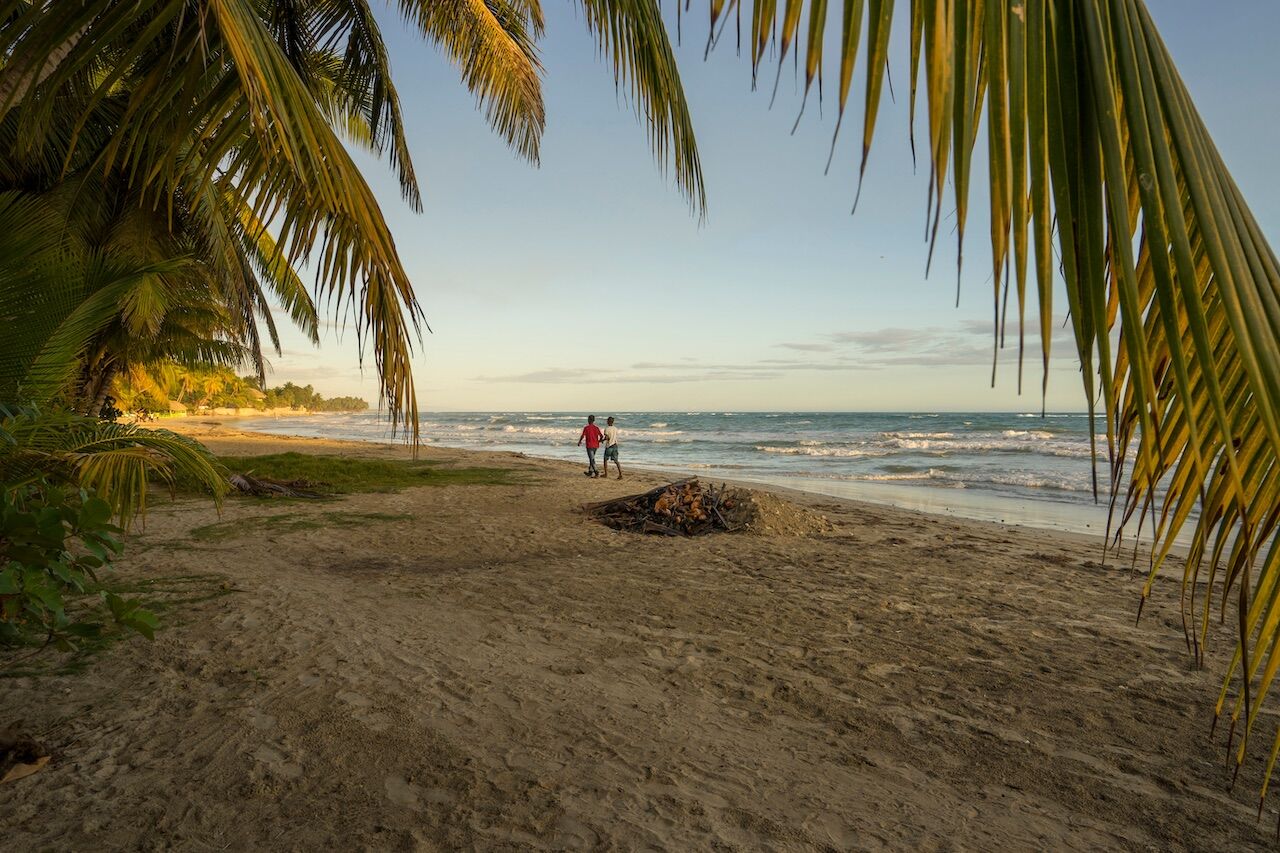
Photo: James Jong Photography/Shutterstock
From Port Salut and Ile-a-Vache in the south to Labadee in the north, Haiti’s picturesque beaches line the entire Caribbean coast. Those seeking the luxury of an all-inclusive resort can hop on a cruise ship to visit the private beach of Labadee, where passengers experience a sanitized version of Haiti complete with flea market, watersports, water playground, folkloric dance shows, drum circles, and a zip-line.
But if you’re ready to travel off the beaten path, Haiti’s beaches offer tranquility and natural beauty with a sense of untouched adventure. Ile-a-Vache and Port Salut boast pristine sands and crystal-clear blue waters, and visitors can toast with rum sours and devour fresh grilled lobster in the open air. The more secluded beaches of Bananye and Cocoye, lush with tropical greenery right up to the sand line, can only be reached via boat or by a brief trek through the surrounding jungles.
Sans-Souci Palace
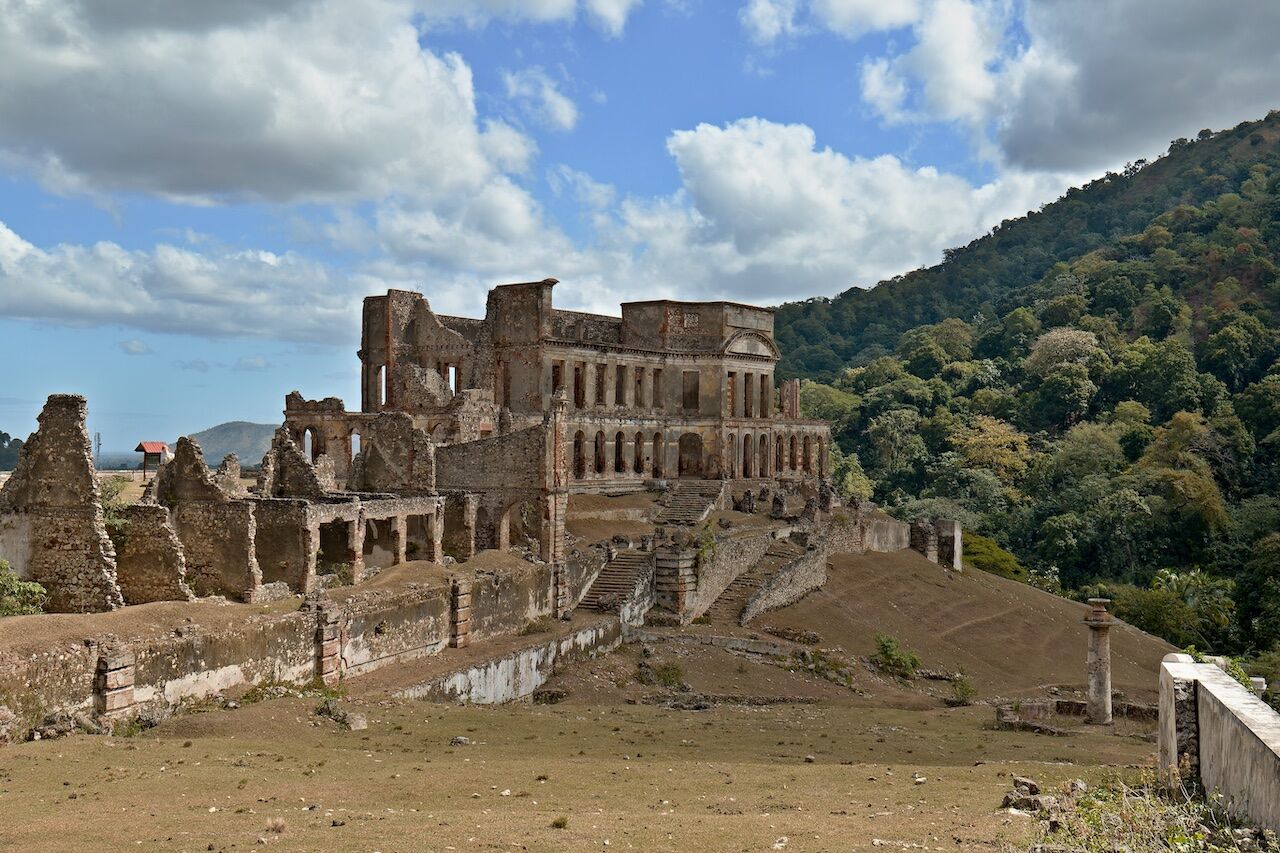
Photo: Rostasedlacek/Shutterstock
Once the grandiose home of the self-proclaimed King Henri Christophe, Sans-Souci has been called the “Versailles of Haiti” for the gardens, water works, and parties of its heyday. Completed in 1813, though partially destroyed by an earthquake in 1842, the grounds still carve an imposing presence in the isolated mountains outside the northern city of Cap Haitien.
Christophe built a series of spectacular palaces in an attempt to demonstrate the greatness of African peoples, and to refute the racist theories of the day that claimed Africans were incapable of running a country without the help of white Europeans.
Citadelle Laferrière
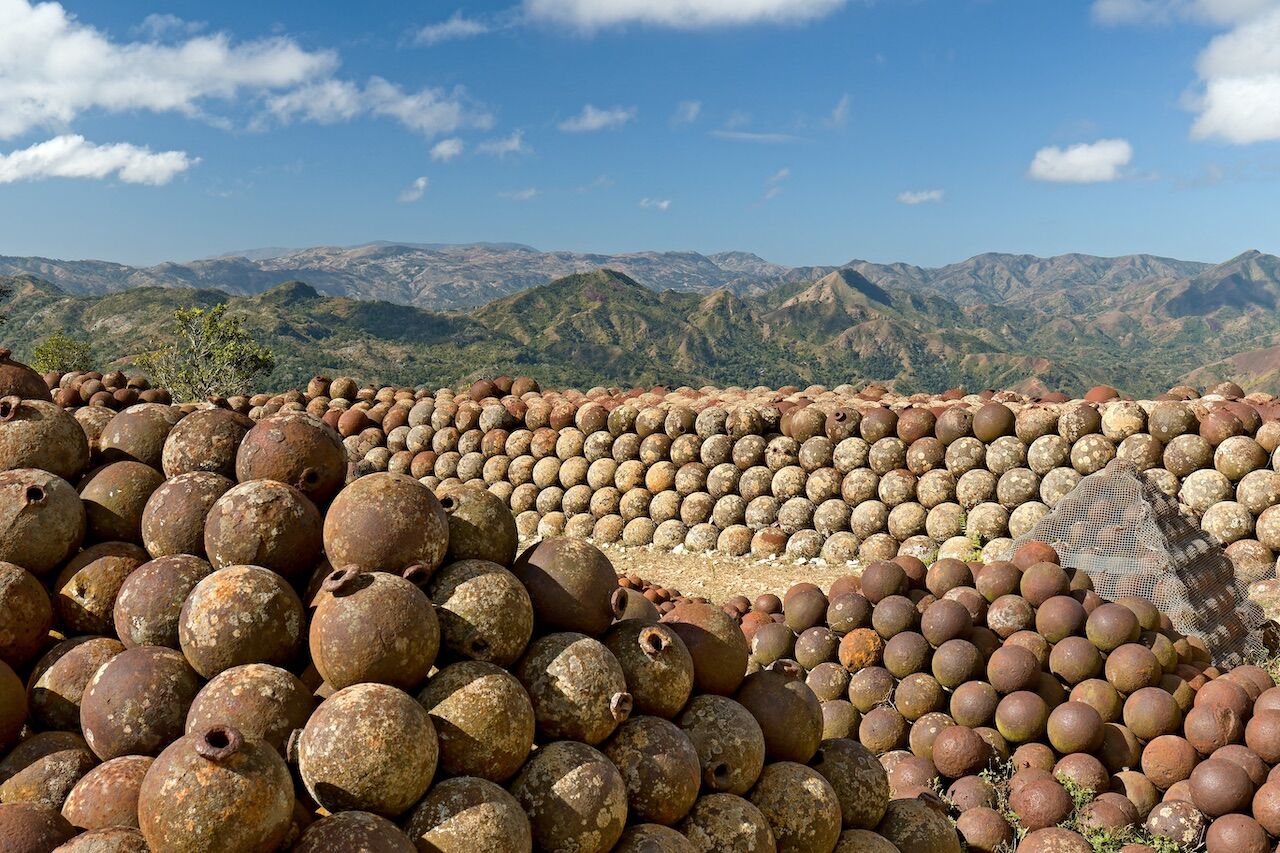
Photo: Rostasedlacek/Shutterstock
Also constructed by Christophe, this imposing fort was meant to guard against an expected invasion by France, as it was believed there would be an attempt by the French to retake their former colony. The fort, perched high in the mountains outside of Cap Haitien, is accessible only by taking to a 7-mile trail on foot or on horseback. The more audacious (and well-financed) can take a helicopter tour of the breathtaking garrison and surrounding mountains, (including a quick flyover of the nearby Sans-Souci palace to boot).
Port-au-Prince
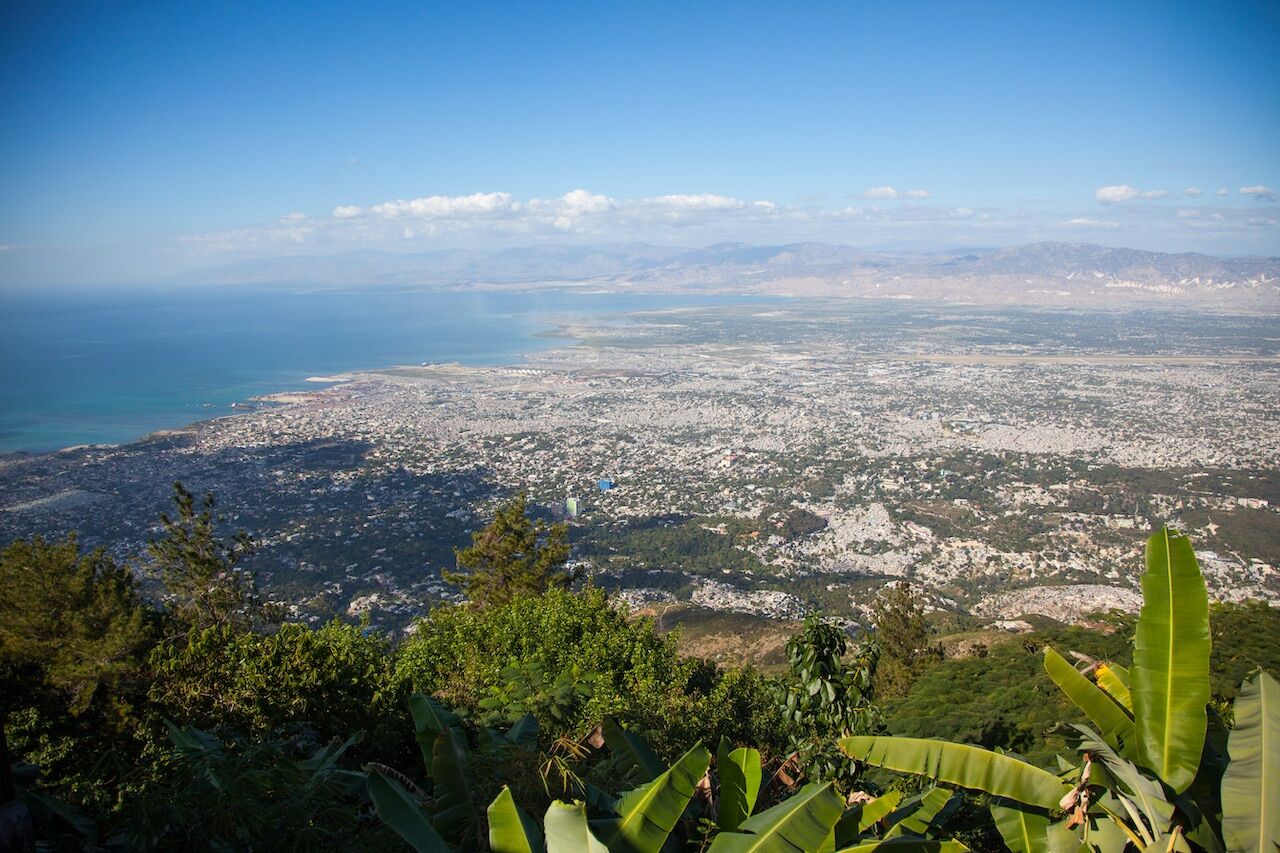
Photo: KSK Imaging/Shutterstock
Haiti’s capital is dusty and jammed with traffic, but offers a unique cultural experience not available anywhere else on the planet. Despite media and US government portrayals to the contrary, the experienced traveler is just as safe in Port-au-Prince as in many parts of Miami or New York.
And as long as you’re willing to wait for the slow service, gourmet restaurants that provide a culinary experience are popping up everywhere.
There are cultural events every month, including International Jazz Fest and a street art display in one of the slums. There’s folklore dance shows and, most famously, the Day of the Dead voodoo celebration that takes place in the national cemetery on November 1st.
Haitians also know how to party, and there’s always something to celebrate — from Carnival in February to RaRa street bands celebrating the post-Easter season, to Carnival de Fleur that heats up the summer. On any given night throughout the year, you can find live Haitian music at the historic Hotel Olafsson, salsa dancing at Latin Quarter, or jazz at the bohemian bar Yanvalou. Day trips outside the city include beach outings, yes, but also visits to lush green mountains with stunning views of the city from up high.